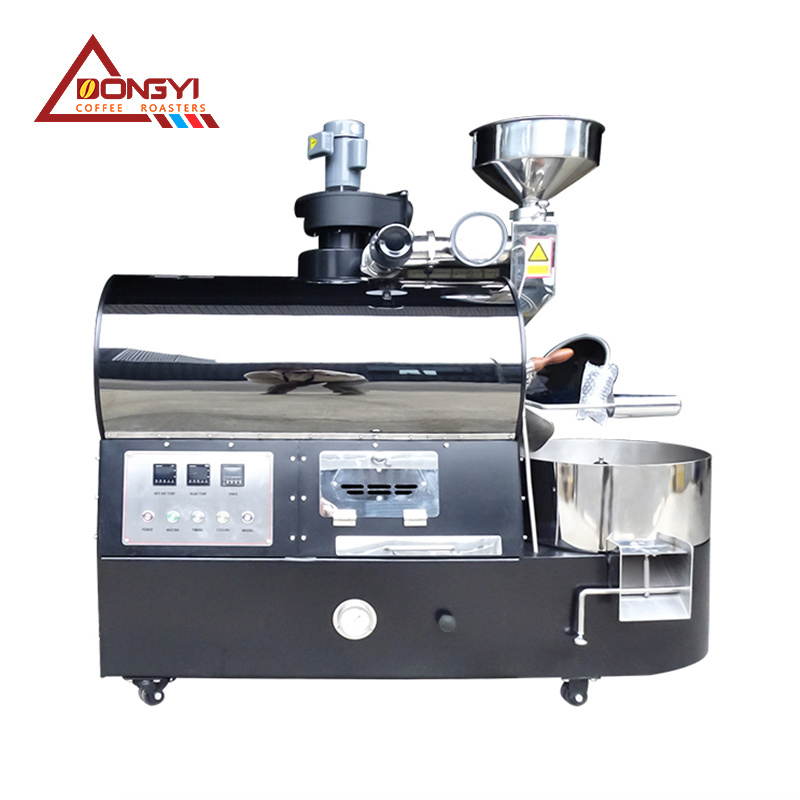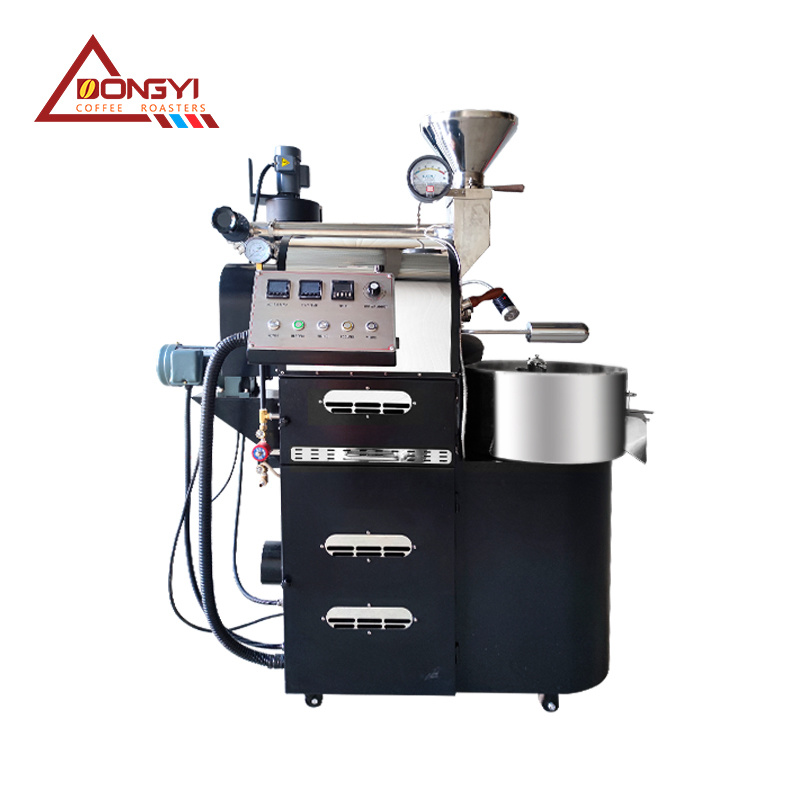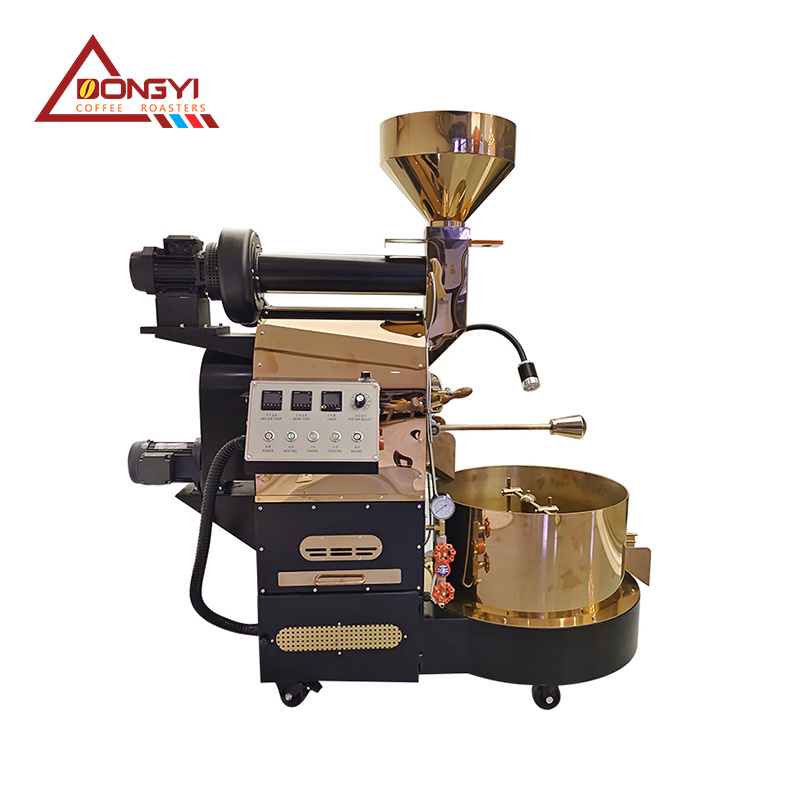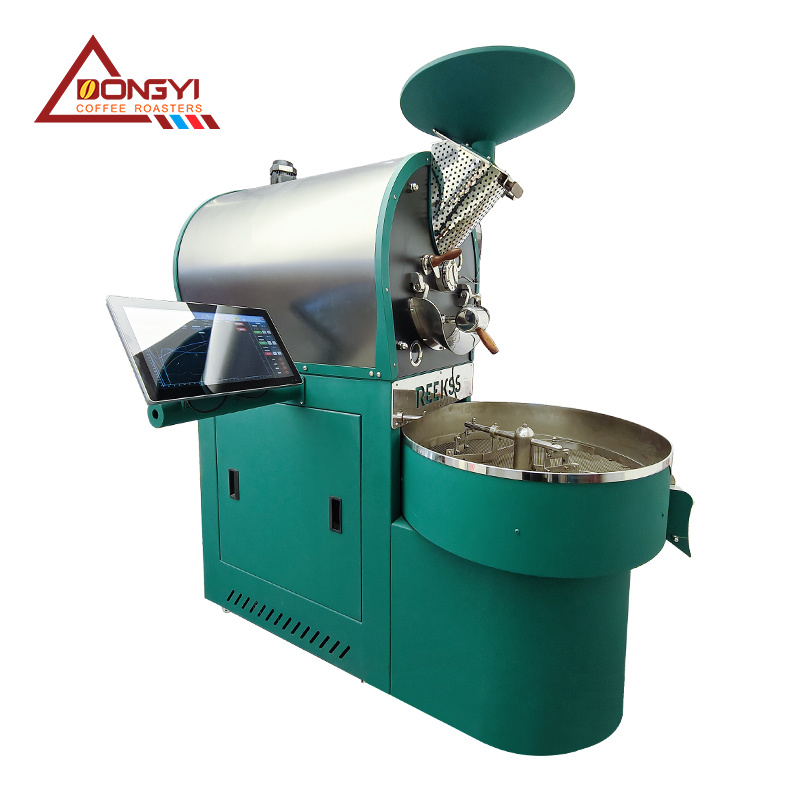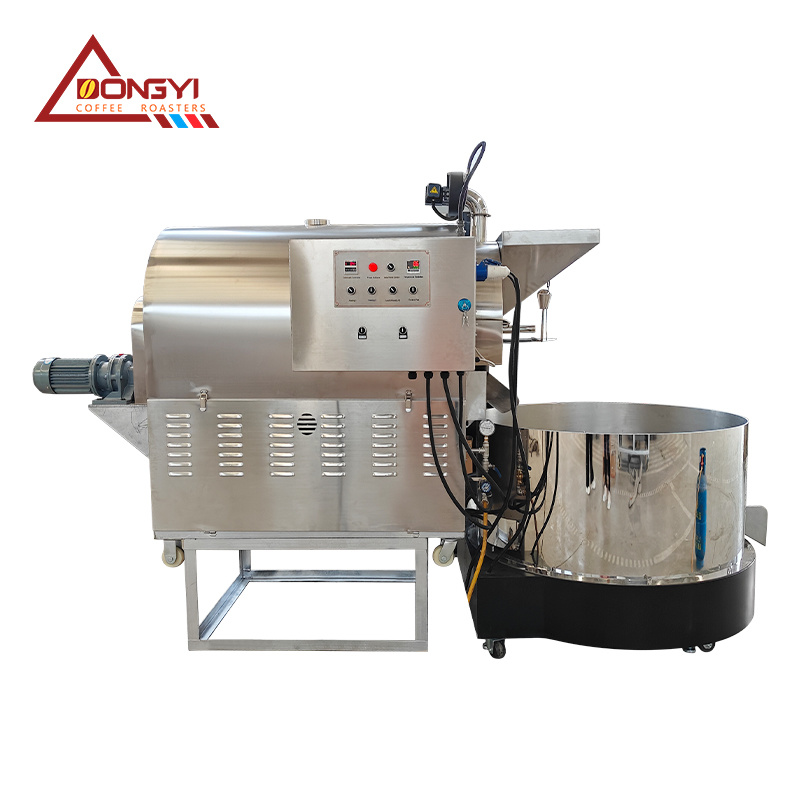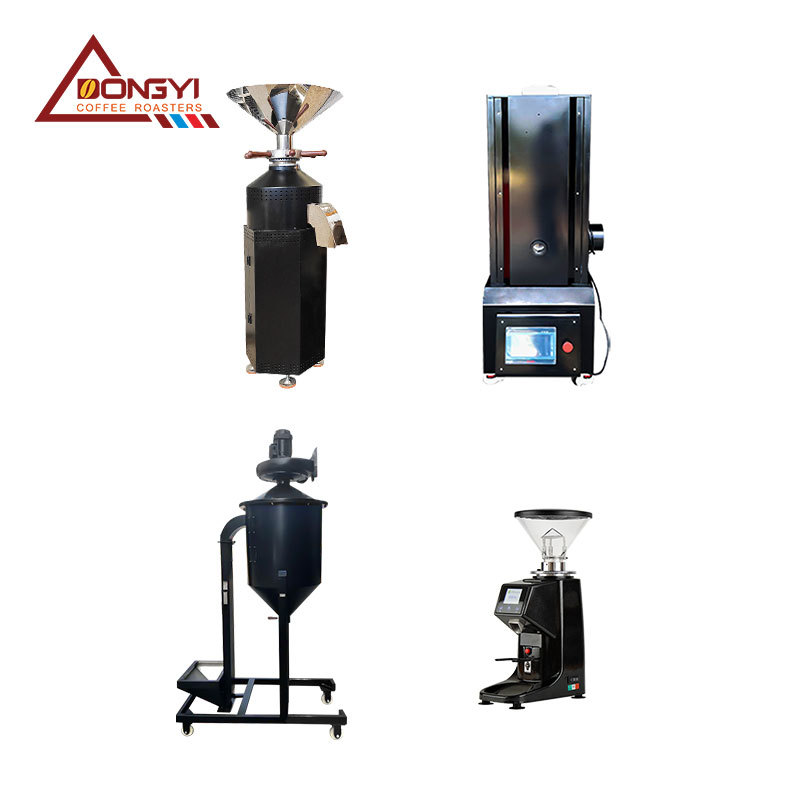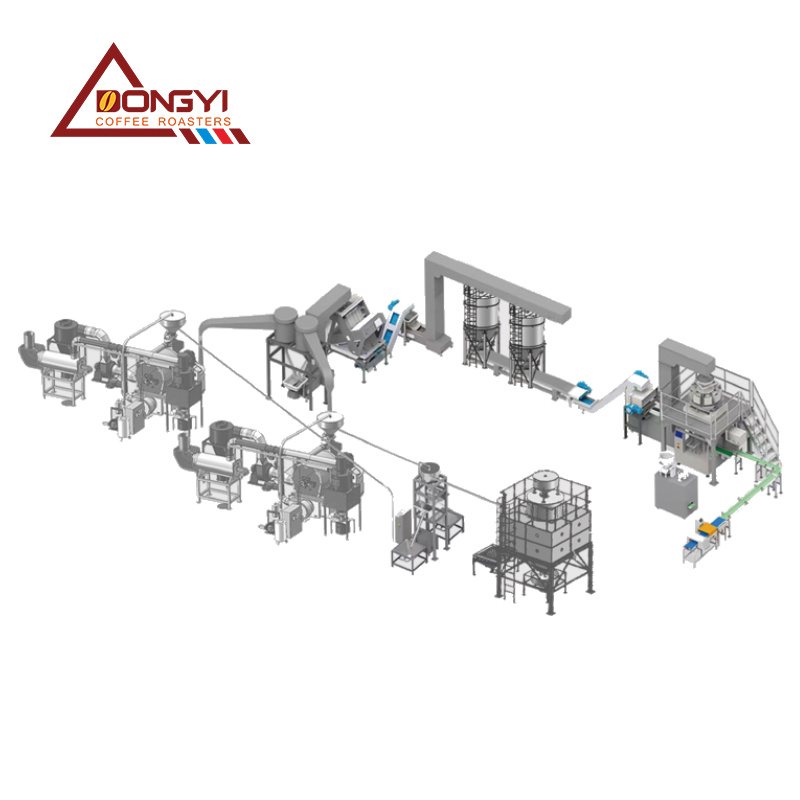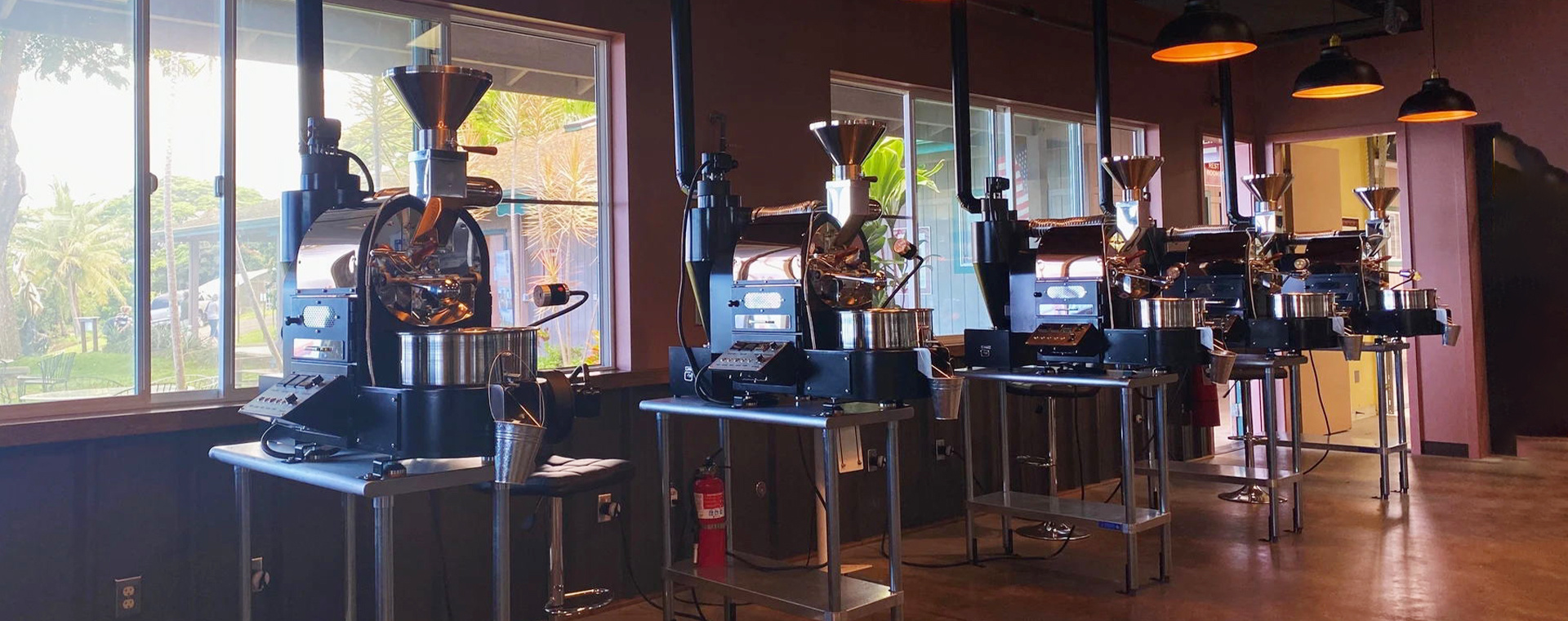Unlock the Secrets of Perfectly Roasted Beans with a 2.5kg Coffee Roaster
Time:
15 Oct,2025
Unlock the Secrets of Perfectly Roasted Beans with a 2.5kg Coffee Roaster
Table of Contents
- Introduction to Coffee Roasting
- The Importance of Quality Beans
- Understanding the Roasting Process
- Choosing the Right Coffee Roaster: Why 2.5kg Matters
- How to Use a 2.5kg Coffee Roaster
- Tips for Perfectly Roasting Your Beans
- Troubleshooting Common Roasting Issues
- Cleaning and Maintenance of Your Coffee Roaster
- Conclusion
- FAQs
Introduction to Coffee Roasting
Coffee roasting is an art and science that transforms raw green coffee beans into aromatic, flavorful roasted beans. The roasting process significantly affects the taste, aroma, and overall quality of your coffee. A 2.5kg coffee roaster provides an ideal balance of capacity and control, making it perfect for both amateur enthusiasts and small-scale commercial operations.
In this article, we will explore the fundamentals of coffee roasting, focusing on how to maximize the potential of a 2.5kg coffee roaster. We’ll dive deep into the nuances of selecting quality beans, mastering the roasting process, and troubleshooting common issues that arise along the way.
The Importance of Quality Beans
Before diving into the roasting process, it is essential to recognize that the foundation of great coffee lies in the quality of the green beans used.
Selecting Green Beans: Factors to Consider
1. **Origin**: The region where the beans are grown plays a critical role in developing their flavor profile. Beans from South America, Africa, and Asia offer distinct characteristics that influence the final cup.
2. **Varietal**: Different coffee varietals, such as Arabica and Robusta, have unique tastes and aromas. Understanding these differences will help you choose the right beans for your desired flavor profile.
3. **Processing Method**: The way beans are processed after harvest—washed, natural, or honey-processed—affects their taste. Experimenting with various processing methods can uncover new flavors.
4. **Freshness**: Always choose freshly harvested beans. Stale beans will not produce the bright, rich flavors that freshly roasted beans offer.
Understanding the Roasting Process
Roasting coffee is a complex process that involves several stages, each contributing to the final flavor profile.
The Stages of Roasting
1. **Drying Stage**: This is when the moisture content in the beans is reduced. During this stage, the beans change from green to yellow.
2. **Maillard Reaction**: This chemical reaction occurs when the sugars and amino acids in the beans react, contributing to the development of flavor and aroma.
3. **First Crack**: A significant milestone in roasting where the beans expand and crack, indicating the transition to a light roast.
4. **Development Time**: After the first crack, the roast can be further developed into medium and dark roasts by controlling the duration.
5. **Second Crack**: This occurs at higher temperatures and indicates a darker roast, producing intense flavors.
Choosing the Right Coffee Roaster: Why 2.5kg Matters
A 2.5kg coffee roaster strikes a balance between home use and small commercial operations.
Advantages of a 2.5kg Coffee Roaster
- **Versatility**: Able to roast small batches for personal use or larger quantities for small businesses.
- **Control**: Offers greater control over the roasting process, allowing for more precise adjustments in time and temperature.
- **Efficiency**: Provides efficiency in energy consumption while producing high-quality roasts.
How to Use a 2.5kg Coffee Roaster
Operating a 2.5kg coffee roaster requires a step-by-step approach to ensure optimal results.
Step-by-Step Guide
1. **Preheat the Roaster**: Always start by preheating your roaster to ensure even cooking of the beans.
2. **Measure Your Beans**: Use a scale to measure the exact amount of green beans for consistent results.
3. **Roasting Profile Selection**: Determine the desired roast level and adjust the roaster settings accordingly.
4. **Monitor the Process**: Regularly check the temperature and time to prevent over-roasting or under-roasting.
5. **Cool the Beans**: Once the desired roast is achieved, quickly cool the beans to stop the roasting process.
Tips for Perfectly Roasting Your Beans
Achieving the perfect roast requires practice and attention to detail. Here are some expert tips:
Best Practices
- **Keep Detailed Records**: Document each roasting session, including time, temperature, and bean origin, to refine your process.
- **Experiment with Roasting Profiles**: Don’t hesitate to try different profiles to discover new flavors and aromas.
- **Taste Regularly**: Regular tasting will allow you to understand how each roasting adjustment affects the final product.
- **Adjust for Environmental Factors**: Humidity and temperature can affect roasting; adjust your settings accordingly.
Troubleshooting Common Roasting Issues
Even experienced roasters can face challenges. Here’s how to address common problems.
Common Issues and Solutions
- **Uneven Roasting**: Ensure that beans are not overcrowded in the drum. A well-distributed load allows for even heat exposure.
- **Over-Roasting**: If beans taste burnt, reduce the roasting time or lower the temperature.
- **Under-Roasting**: If the coffee lacks flavor, increase the roasting time or adjust the temperature.
Cleaning and Maintenance of Your Coffee Roaster
Regular maintenance is crucial for the longevity and performance of your coffee roaster.
Maintenance Checklist
- **Daily Cleaning**: Remove all remnants of coffee dust and oils after each use.
- **Monthly Deep Clean**: Conduct a thorough cleaning of all components, including the drum and chaff collector.
- **Inspect for Wear and Tear**: Regularly check electrical components and heating elements for any signs of damage.
Conclusion
Mastering the art of coffee roasting with a 2.5kg coffee roaster opens up a world of flavor possibilities. By understanding the importance of quality beans, the nuances of the roasting process, and the skills needed to troubleshoot common issues, you can unlock the secrets to perfectly roasted beans. Investing time in learning and experimenting will not only enhance your coffee experience but may also turn your passion for coffee into a successful venture.
FAQs
1. What is the best type of coffee bean for roasting?
The best type of coffee bean depends on personal preference. However, Arabica beans are generally preferred for their smoother taste and complexity.
2. How long does it take to roast coffee beans in a 2.5kg roaster?
Roasting time typically ranges from 12 to 20 minutes, depending on the desired roast level and bean type.
3. Can I roast coffee beans at home without a roaster?
Yes, you can use methods like stovetop or oven roasting, but a dedicated roaster provides more control and consistency.
4. Is it necessary to cool roasted beans immediately?
Yes, cooling the beans quickly is crucial to stop the roasting process and prevent over-roasting.
5. How often should I clean my coffee roaster?
Daily cleaning after each use is recommended, with a thorough deep clean performed monthly to maintain performance and quality.
Recommended






